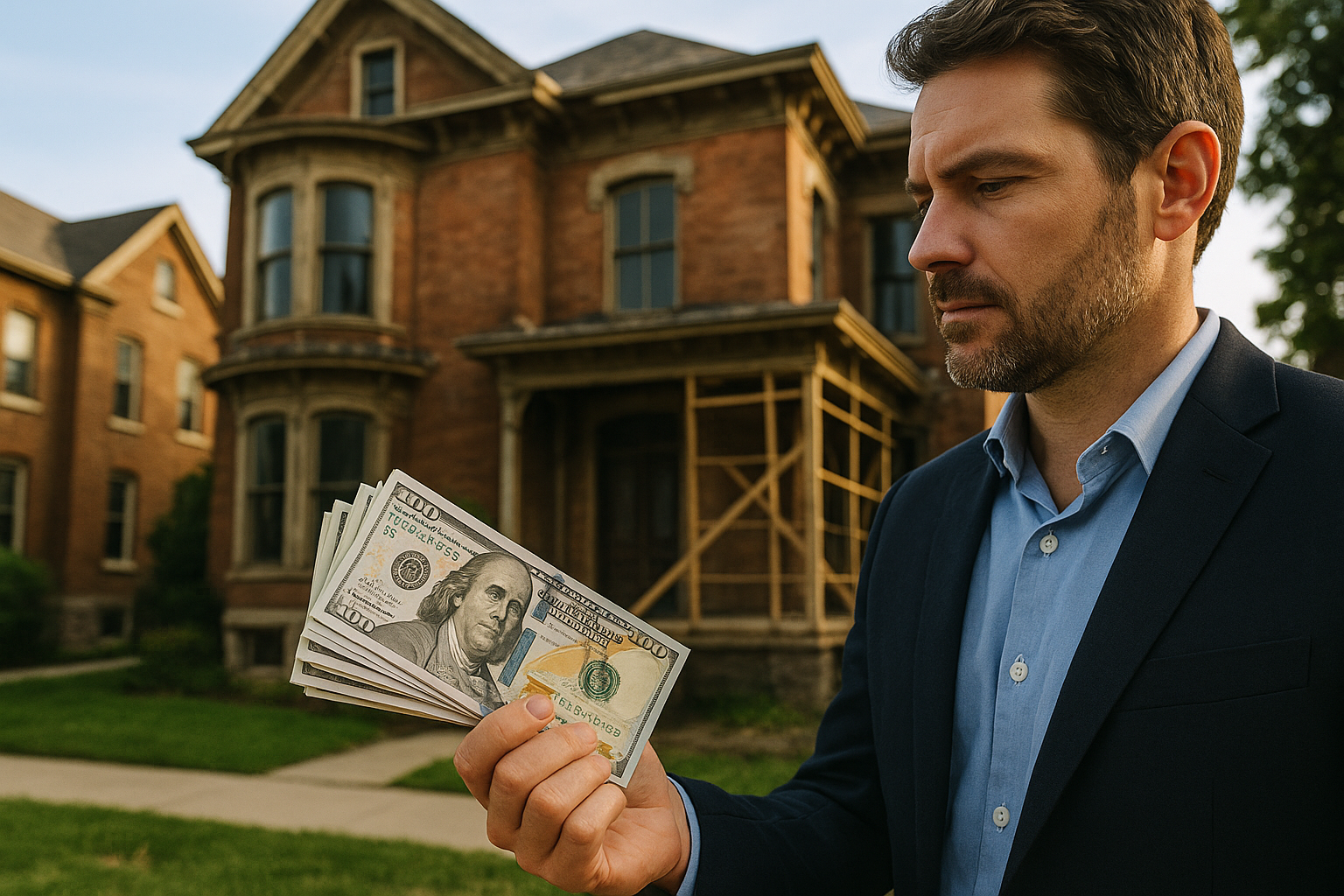The Expensive Oversight in Home Renovation: How Ignoring Windows Costs You Big
When it comes to updating your home, the focus often lies on aesthetics — new furniture, fresh paint, or modern appliances. However, there's one aspect that many homeowners overlook, and it's costing them dearly: windows. Specifically, understanding when and how to replace them is crucial not only for comfort but for energy savings and long-term maintenance costs. Let's dive into the world of window replacement and uncover the costly mistake that so many make, along with strategies to avoid it.

Windows play a crucial role in your home’s energy efficiency, security, and overall value, yet they’re often the last thing homeowners consider during renovation projects. This oversight can prove incredibly expensive over time, affecting everything from monthly utility bills to emergency repair costs. When windows fail, the consequences extend far beyond a simple draft or foggy glass.
How Repair Neglect Costs You Money Over Time
Ignoring minor window issues creates a domino effect of expensive problems. Small cracks in window frames allow moisture to penetrate, leading to wood rot, mold growth, and structural damage that can cost thousands to repair. Broken seals in double-pane windows reduce insulation effectiveness, forcing your HVAC system to work harder and increasing energy bills by 10-25% annually. Additionally, outdated windows with poor security features may increase insurance premiums and create safety vulnerabilities that could result in costly break-ins or accidents.
Why You Should Upgrade for Energy Efficiency
Modern energy-efficient windows can dramatically reduce heating and cooling costs while improving indoor comfort. ENERGY STAR certified windows can save homeowners $126-$465 per year in energy costs, depending on the region and home size. These windows feature advanced technologies like low-E coatings, argon gas fills, and improved frame materials that minimize heat transfer. The initial investment typically pays for itself within 7-15 years through reduced utility bills, making energy efficiency upgrades one of the smartest financial decisions homeowners can make.
How Material Options Matter for Your Budget
The choice of window materials significantly impacts both upfront costs and long-term expenses. Vinyl windows offer the lowest initial cost but may need replacement sooner than premium materials. Wood windows provide excellent insulation and aesthetic appeal but require regular maintenance and refinishing. Fiberglass windows cost more initially but offer superior durability and energy efficiency. Aluminum windows are budget-friendly but provide poor insulation in extreme climates. Understanding these trade-offs helps homeowners choose materials that align with their budget and long-term financial goals.
How Style Affects Your Wallet
Window styles vary dramatically in price, installation complexity, and energy efficiency. Single-hung windows are typically the most affordable option, while specialty shapes like bay windows or skylights can cost three to five times more. Casement windows offer excellent energy efficiency but require more expensive hardware. Picture windows provide maximum natural light at moderate cost but offer no ventilation. The key is balancing aesthetic preferences with practical considerations like maintenance requirements, energy performance, and replacement costs.
| Window Type | Average Cost Range | Energy Efficiency Rating | Maintenance Level |
|---|---|---|---|
| Vinyl Single-Hung | $300-$600 | Good | Low |
| Wood Double-Hung | $600-$1,200 | Excellent | High |
| Fiberglass Casement | $500-$1,000 | Excellent | Low |
| Aluminum Sliding | $200-$500 | Fair | Medium |
| Composite Bay | $1,200-$3,500 | Very Good | Medium |
Prices, rates, or cost estimates mentioned in this article are based on the latest available information but may change over time. Independent research is advised before making financial decisions.
Don’t Delay Window Replacement - The Cost of Waiting
Postponing necessary window replacement creates escalating expenses that far exceed the initial investment. Emergency window repairs during storms or break-ins often cost 2-3 times more than planned replacements. Delaying replacement also means missing out on energy savings, with some homeowners losing hundreds of dollars annually in wasted heating and cooling costs. Additionally, old windows can negatively impact home value, with potential buyers often requesting price reductions for homes with outdated or damaged windows. The optimal time for replacement is before problems become emergencies, allowing homeowners to research options, compare prices, and schedule installation at their convenience.
The financial impact of ignoring windows extends beyond immediate repair costs to encompass energy efficiency, property value, and long-term maintenance expenses. By understanding these interconnected costs and planning proactive window upgrades, homeowners can avoid the expensive oversight that turns minor maintenance into major financial burdens. Smart window investments protect both your home and your budget for decades to come.




